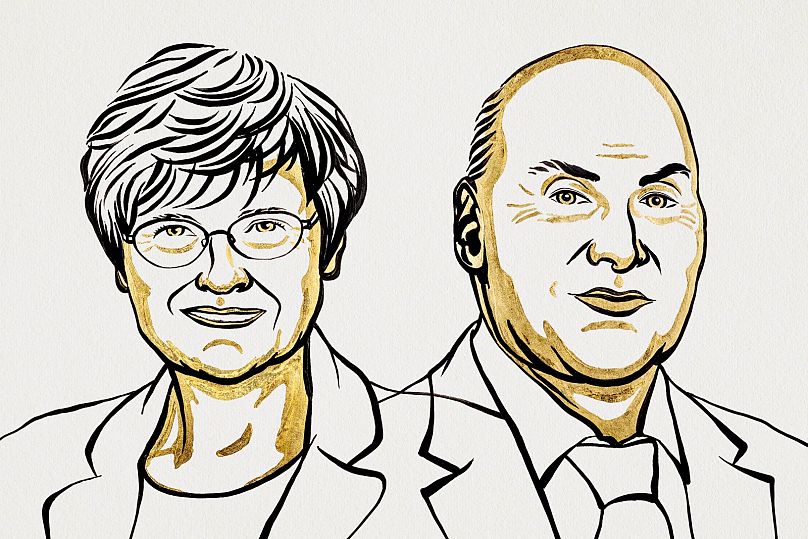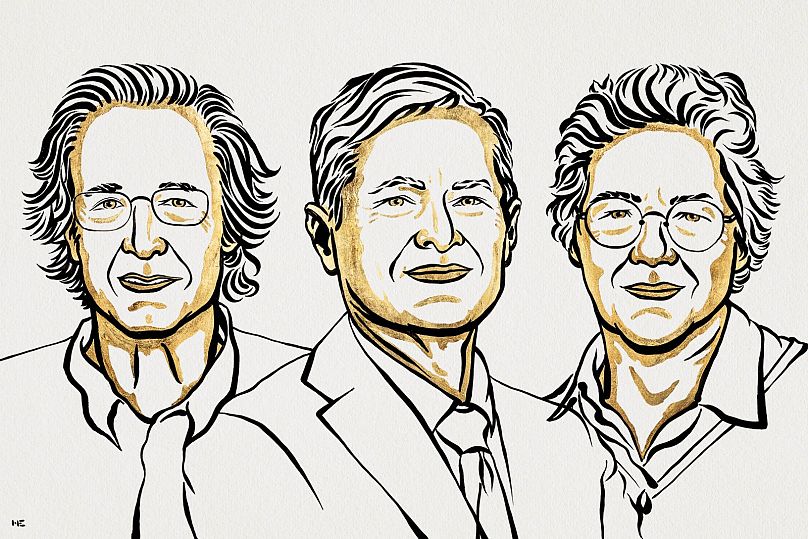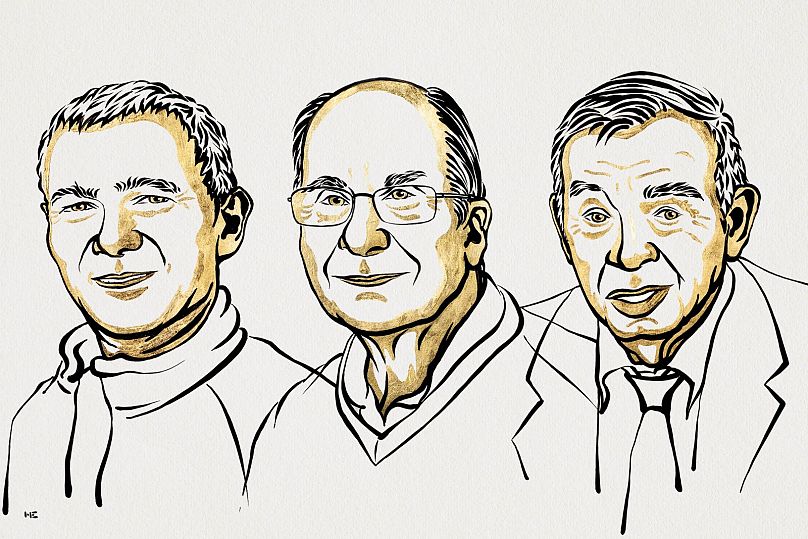The scientific discoveries behind the 2023 Nobel Prizes in Medicine, Physics and Chemistry are impacting how we live our lives.
From the monumental discovery of the messenger RNA (mRNA) technology that made the COVID-19 vaccines possible to the development of nanoparticles called quantum dots that colour our TVs, this year’s Nobel Prize winners have already influenced human history.
Their discoveries have impacted our everyday lives. People have received the Pfizer and Moderna vaccines globally, for instance.
Here’s a look at the groundbreaking work from the researchers who won scientific prizes from the Nobel committee this year.
Nobel Prize in Medicine: Monumental discovery behind mRNA vaccines
This year’s Nobel Prize in Physiology or Medicine was awarded jointly to Katalin Karikó and Drew Weissman at the University of Pennsylvania.
Hungarian scientist Karikó had immigrated to the United States from her native Hungary in 1985 and was convinced of the possible therapeutic use of mRNA. She persevered in this research despite multiple setbacks.
mRNA is the genetic material that provides instructions to direct a cell to make a protein. In the 1980s, scientists discovered how to make synthetic mRNA, but it caused an inflammatory reaction, limiting interest in using it for therapeutics.
Weissman and Karikó teamed up and figured out how to alter this mRNA produced outside cell culture to prevent these inflammatory reactions so that it could be used in vaccines and therapeutics.
They published the discovery in 2005 and later also found out that this modified mRNA increased protein production.
“Through their discoveries that base modifications both reduced inflammatory responses and increased protein production, Karikó and Weissman had eliminated critical obstacles on the way to clinical applications of mRNA,” the Nobel Assembly at the Karolinska Institutet said in a press release.
The COVID-19 vaccines created by Pfizer-BioNTech and Moderna use this technology.
The vaccines were created quickly and function by telling your body to create the spike protein found on a coronavirus cell so that it recognises it if you are later infected by the virus.
“Science is what I breathe, I think, that’s the favourite thing I can do,” Karikó told the European Patent Office last year.
Nobel Prize in Physics: Short pulses of light to study electron movement
The three winners of this year’s Nobel Prize in Physics were awarded for “exploring the world of electrons inside atoms and molecules,” the Royal Swedish Academy of Sciences said.
Pierre Agostini from Ohio State University in the US, Ferenc Krausz from the Max Planck Institute of Quantum Optics in Germany, and Anne L’Huillier from Lund University in Sweden were jointly awarded the prize.
They discovered ways of studying electron dynamics with extremely short pulses of light, including methods to measure the duration of these pulses.
The pulses are so incredibly short that they are measured in something called attoseconds – which is one billionth of one billionth of a second.
“We can now open the door to the world of electrons. Attosecond physics gives us the opportunity to understand mechanisms that are governed by electrons. The next step will be utilising them,” says Eva Olsson, Chair of the Nobel Committee for Physics, in a statement.
This can be used to locate electrons in a molecule to figure out what they are doing. It can also be applied to make fast electronics and hopefully in the future help to diagnose certain illnesses, experts said.
L’Huillier added at the press conference that the work could also be useful for the semiconductor industry as an imaging tool.
She added that receiving the prize meant a lot and was very special since there “are not so many women who get this prize”.
She is the fifth woman to be awarded the Nobel Prize in Physics.
Nobel Prize in Chemistry: Discovery of quantum dots
This year’s chemistry prize was awarded for the discovery and development of quantum dots.
Three scientists located in the US share the award: Moungi Bawendi from the Massachusetts Institute of Technology (MIT), Louis Brus from Columbia University and Alexei Ekimov from New York-based company Nanocrystals Technology.
Quantum dots are nanoparticles that “now spread their light from televisions and LED lamps, and can also guide surgeons when they remove tumour tissue, among many other things,” the Royal Swedish Academy of Sciences said in a statement.
The light emitted from the quantum dots changes colour based on their size.
The light emitted from an electron in a small space is more blue, for instance, while the light from an electron in a larger space is more red, explained Heiner Linke, a professor of nanophysics at Lund University in Sweden at a press conference.
“In this class of material, you have found a way of changing material properties, not by changing the material, but just by the size, and this is a foundational discovery in nanotechnology, the ability to do this in a controlled manner using quantum mechanical effects,” Linke said.
Ekimov showed in the 1980s that the colour of glass correlated with the size of particles. Brus made a second discovery with particles floating in a liquid.
Bawendi then invented a method in 1993 for making these particles in a controlled manner of a specific size.
There are many applications of these discoveries ranging from QLED screens to the colours in television screens. Biochemists and doctors use them to map biological tissue, the academy added.














